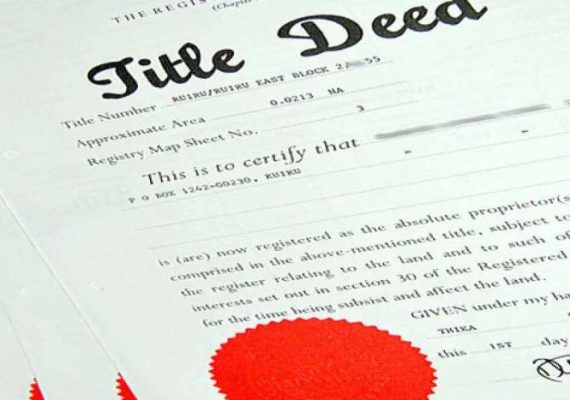Does Curing Concrete Emit CO2?
Does Curing Concrete Emit CO2?
No, Concrete does not emit CO2 but slowly absorbs some CO2 during and after curing. CO2 absorption during curing of concrete are occasion by the chemical reactions that occur when Portland cement, the primary component of concrete, reacts with water.
The amount of CO2 that is absorbed depends on a number of factors, including the type of concrete, the climate, and the time that the concrete has been sitting.
Overall, it is safe to say that concrete slowly absorbs CO2. This process helps to make the concrete more environmentally friendly and helps to keep the planet cool.
Note that the process of manufacturing cement for concrete production releases CO2 from regularly burnt fuels. In addition to the increased quantity released during the conversion of CaCO3 to CaO,
However, when the CaO reacts with and mostly transforms back into CaCo3 during the concrete’s curing process, CO2 from the environment is absorbed. Although it takes time, this procedure does proceed.
Although the concrete industry does contribute GHG to the atmosphere, a large portion of it eventually gets stored up again. A benefit compared to many alternatives is that the buildings built don’t need to be updated for a very long period.
Cement accounts for more than 4% of total world CO2 emissions. Concrete is the most frequently utilized substance on the planet after water. In 2021, around 4.3 billion tons of cement — the primary component in concrete — were produced. However, cement manufacturing accounts for around 7% of yearly worldwide CO2 emissions.
While there is a clear aim to minimize CO2 emissions across the whole concrete business, it is good to focused on cement consumption rather than cement manufacturing and rethinking how concrete is made to incorporate CO2 into the curing process.
Concrete is made by combining cement, sand, water, and aggregate in its most basic form. When cement and water are combined, a chemical process known as hydration occurs, which begins to set and harden the whole combination.
A variety of elements, from the outside temperature to the amount of cement in the mixture, might influence this process.
What is critical, however, is that the concrete retains the appropriate quantity of moisture and is kept at the appropriate temperature for an extended length of time in order to reach its maximum strength. If the concrete dries out too rapidly, it will be substantially weakened – which is where curing comes in.
How Do You Slow Down Concrete Curing?
The strength of concrete is affected by the curing period. The stronger the concrete grows as it cures more slowly. Concrete typically takes 28 days to fully cure. As the water in the concrete evaporates, it cures. The key to reducing concrete curing time is to keep it wet. Concrete curing may be slowed using a variety of approaches.
Step 1: Complete The Final Finish.
Finish the concrete and allow it to dry until you can walk on it without leaving an imprint. This should take around an hour, depending on the weather. Concrete cures faster in hotter, drier weather.
Step 2. Spray.
Using the hose, spray the concrete. Apply a little mist to the whole surface. Allow the water to dry before repeating.
Spray the concrete numerous times over a few days to delay the curing process.
Step 3. Cover The Wet Concrete Slab.
Cover the damp concrete slab with a plastic sheet. This will aid in the retention of moisture in the concrete.
Step 4: Fill A Sprayer With The Concrete Curing Agent.
Fill a sprayer with the concrete curing agent. Follow the manufacturer’s directions. Spray the concrete with the curing agent. The curing agent seals the concrete to keep moisture in.
How Much Does Concrete Shrink During Curing?
When concrete cures, it can shrink by as much as a half-inch (1.27 cm) per 100 feet (30.5 m), a phenomenon called drying shrinkage. The evaporation of extra water utilized in the mixing process causes it. Shrinkage can generate noticeable fissures in cured concrete in rare instances.
Concrete that has been properly placed is extremely durable and requires little to no maintenance. Its resilience to wind, water, and heat makes it a desirable building material. However, because concrete shrinks when it dries, determining the correct amount to use on a given area of a project isn’t always easy.
Concrete normally hardens in 48 hours. You can walk on it at this stage. However, partial healing takes place a week later. Any shrinking will most likely be noticeable at this point.
You can also continue to develop and construct at this point, but the concrete cannot support heavy machinery. After one month, concrete mixtures will most likely be entirely cured.
